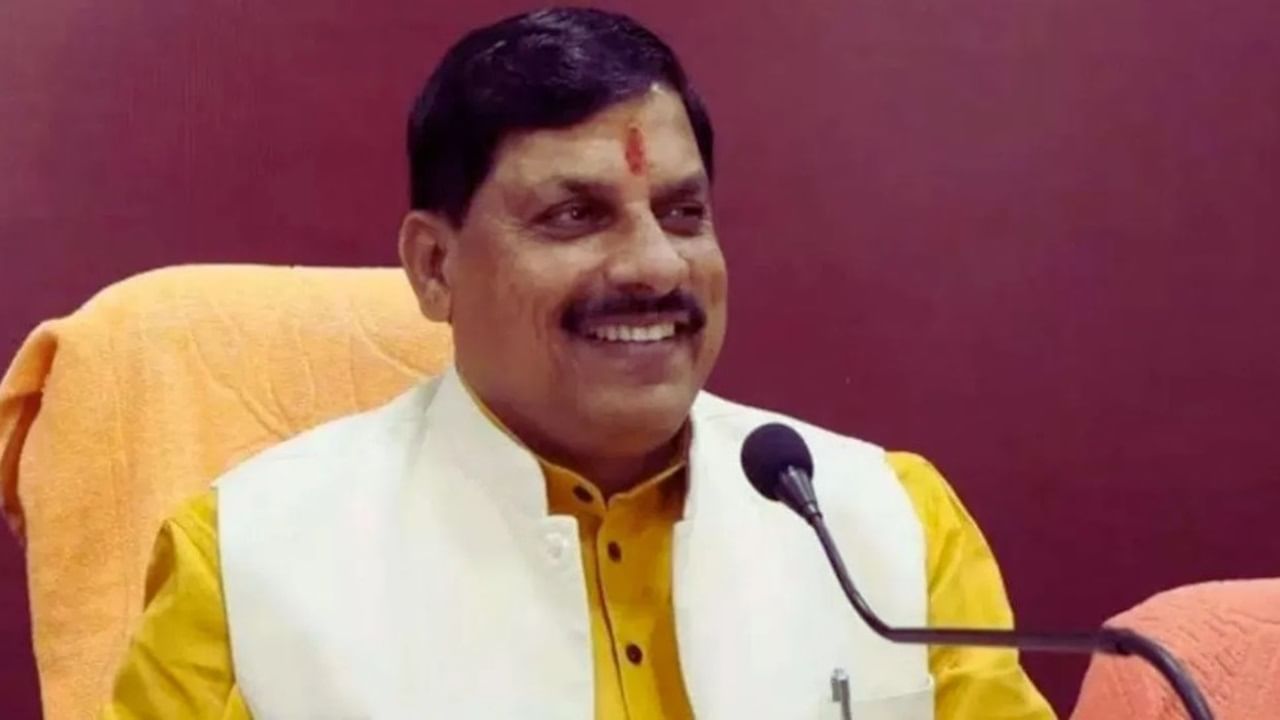‘Kshiti, Jal, Pawak, Gagan, Sameera–Panch Tatwa Se Bana Shareera’
(Earth, Water, Fire, Sky, and Air – the five elements form the body)
This Chaupai (couplet) from the Ramcharitmanas emphasises the five elements, among which water is the foundation of life. To preserve life, we must conserve water. It is essential to save it for future generations. The Rigveda speaks of the significance, qualities, and conservation of water. Our epics – Ramayana and Mahabharata – also highlight nature conservation. Water conservation is an intrinsic part of our ancient culture and a legacy of our traditions that must be passed on.
Our visionary Prime Minister Shri Narendra Modi has always focused on holistic development that includes environmental preservation. I am pleased to share that during his tenure as the Chief Minister of Gujarat, he led a major water conservation movement. Inspired by that, we conceptualized the Jal Ganga Samvardhan Abhiyan in Madhya Pradesh. The campaign was launched on March 30, 2025, the occasion of Gudi Padwa and the Hindu New Year, on the banks of the sacred Shipra river in Ujjain, the city of Mahakal. It is dedicated to water conservation, rejuvenation of water bodies, and public awareness. Today, after setting multiple records in water harvesting, we celebrate the prosperity of our water heritage.
I am happy to report that in this 90-day campaign, extensive work has been done across the state. The district of Khandwa alone constructed over 1.29 lakh water structures, making it the top district in the country for groundwater conservation.
Inspired by the Prime Minister’s ‘Catch the Rain’ campaign for water security and management, we undertook efforts to capture every drop of rainwater in Madhya Pradesh. For the first time, a large-scale rainwater harvesting drive was launched in the state. This will reduce groundwater dependency and ensure the optimal use of every drop of water.
We have adopted the Prime Minister’s Mission LiFE mantra, bringing changes to our lifestyles to protect the environment. This has fostered a new culture of eco-friendly living among citizens. Under his guidance, Madhya Pradesh is building its first Reuse Water Portal, a milestone initiative for water conservation and reuse. We are now working with a strategy based on three principles: Reduce, Reuse, and Recycle.
It is our great fortune that the land of Madhya Pradesh is abundantly blessed by nature. It is the origin of around 267 rivers including the holy Narmada, Shipra, Tapti, and Betwa. For the first time, over 145 river sources have been identified for rejuvenation, with cleanliness drives and plantation activities initiated. The plantation of saplings along riverbanks is our attempt to offer a green veil to our rivers at their birthplace.
This campaign also marked the beginning of protecting the cultural and historical legacy of water richness. Under this, the baori (stepwell) in Bade of Bagh Bhopal, the City established by Raja Bhoj, was conserved and revived. I am proud to share that the historic Holkar-era baori, built by Lokmata Devi Ahilyabai Holkar two centuries ago, has been restored and inaugurated. Standing at its edge, I felt as though we had re-entered the era of Ahilyabai’s public welfare. These stepwells are invaluable heritages from our ancestors. To pass them on to future generations, over 2,000stepwells were revived across the state, celebrated through the Baori Utsav.
At the Prime Minister’s call to turn youth into ‘Jal Sainiks’ (Water Warriors), we appointed over 2.3 lakh Jaldoots in Madhya Pradesh during this campaign. I firmly believe that these ‘Amrit Mitras’ will lead future efforts in water security.
For the first time, over 1.5 lakh farmers organized 812 ‘Pani Chaupals’ in all development blocks, where they discussed the revival of traditional water bodies and conservation methods at the village level.
To retain water within the fields and villages, farm ponds were selected using SIPRI software. The construction of over 83,000 farm ponds has brought new hope to farmers, enabling them to harvest multiple crops from the same land. Alongside farm ponds, Amrit Sarovars and dugwell recharge structures were created using AI, SIPRI, and Planner software, ensuring timely and quality completion. Regular monitoring through AI-integrated dashboards helped accelerate progress.
This campaign saw collective efforts from towns and villages to purify and restore water sources, reviving numerous ponds and stepwells. It was a shared mission between the government and society. I am confident that our efforts to preserve every drop of water will act as a philosopher’s stone for our farmers – turning dry fields green and prosperous, and enriching the soil of Madhya Pradesh.
The campaign focused on harvesting rainwater and restoring traditional water sources. Its success was made possible by mass public participation. Government departments, social organizations, and common citizens all joined hands. Following this, the state will now launch an extensive plantation drive.
I am glad that this campaign, initiated by the government, has now become a true people’smovement. Madhya Pradesh has proven that if the government and citizens work together, no goal is impossible. Farmers, women, youth, and students have embraced water conservation as a way of life, fostering a deeper sense of responsibility and participation in the cause.
This campaign has not only been a movement for water conservation but a reaffirmation of our culture, tradition, and future security.
“Adbhihi Sarvaṇi bhootani jeevanti prabhavanti cha (From water, all beings arise and are sustaine)” – Mahabharata, Shanti Parva
I call upon all 8.5 crore citizens of Madhya Pradesh to save every drop of water and help make our state water-rich. Let us all take a pledge to conserve every drop, protect our water resources, and take this mission forward.
I believe the Jal Ganga Samvardhan Abhiyan will become a milestone in ensuring water abundance and long-term water security for future generations.
